 Technology peripherals
Technology peripherals
 AI
AI
 Stanford's 'Grass Mud Horse' is popular: $100 can match GPT-3.5! The kind that can run on mobile phones
Stanford's 'Grass Mud Horse' is popular: $100 can match GPT-3.5! The kind that can run on mobile phones
Stanford's 'Grass Mud Horse' is popular: $100 can match GPT-3.5! The kind that can run on mobile phones
Overnight, another big news broke out in the large model world!
Stanford released Alpaca (alpaca, the "grass mud horse" in the mouth of netizens):
For only $100, everyone can fine-tune Meta's 7 billion parameter LLaMA large model, and the effect is amazing Comparable to GPT-3.5 (text-davinci-003) with 175 billion parameters.
And it’s the kind that can run with a single card, and even Raspberry Pi and mobile phones can hold it!
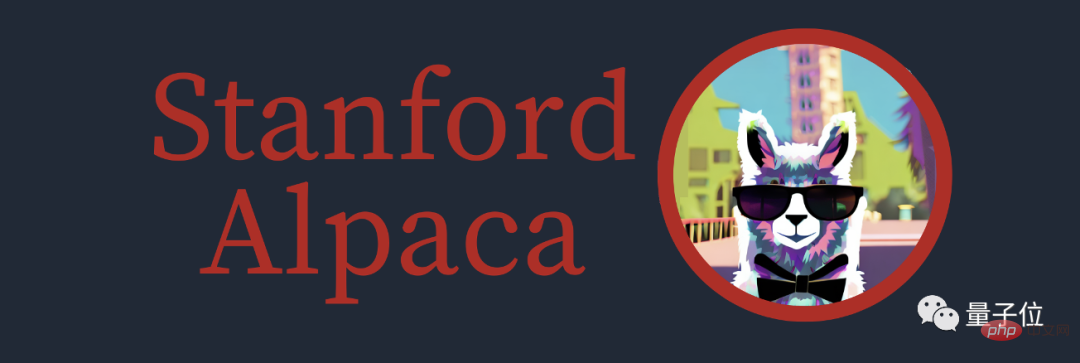
There is also an even more amazing "saucy operation".
The data set involved in the study was generated by the Stanford team using OpenAI’s API for less than $500.
So the whole process is equivalent to GPT-3.5 teaching a comparable opponent AI.
Then the team also said that the cost of using most cloud computing platforms to fine-tune the trained model is less than 100 US dollars:
Copying an AI with GPT-3.5 effect is very cheap and very Easy and still small.
Moreover, the team has also made the data set (saving $500 per second) and code all open source. Now everyone can fine-tune a conversational AI with explosive effects:
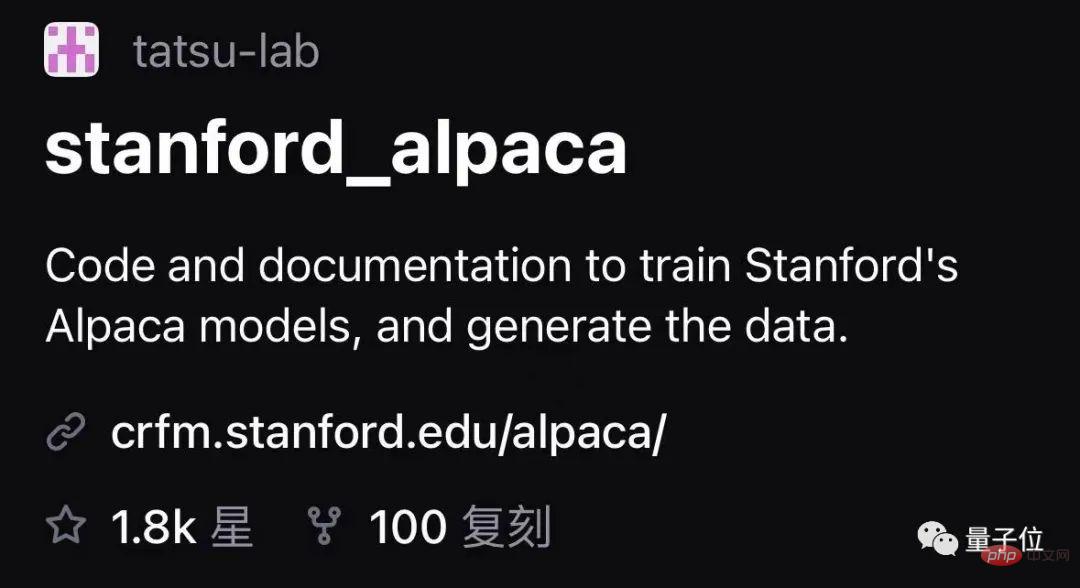
It has only been half a day since the project was released on GitHub, and it has already received 1,800 stars, which shows how popular it is.
Django co-developers even described Stanford's new research as "a shocking event":
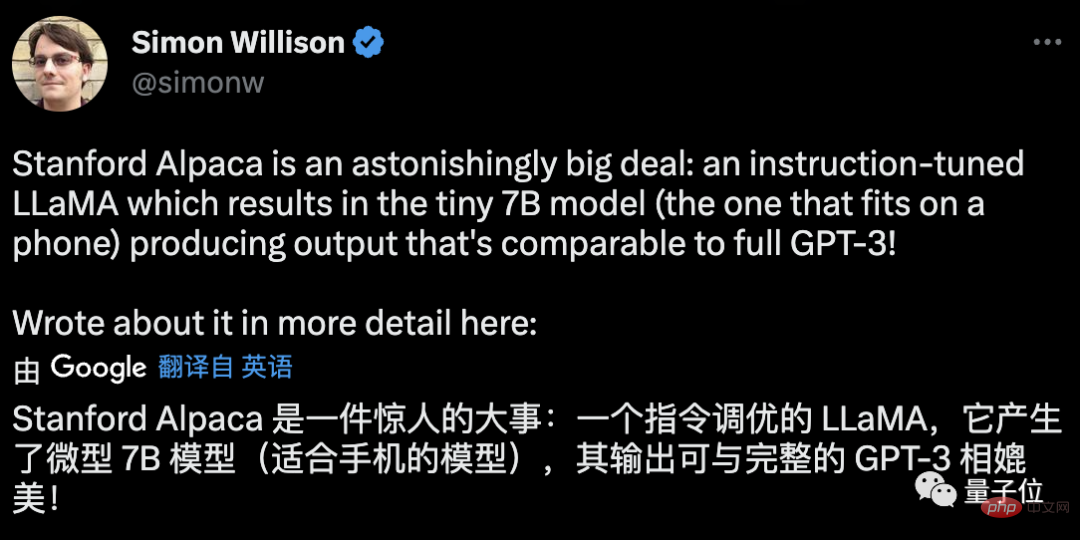
Not only that, the Stanford team also made a demo, The kind that can be played online.
Without further ado, let’s take a look at the effect of this “Grass Mud Horse”.
Aplaca, a grass-mud horse comparable to davinci-003
In the official Stanford demonstration, they first asked a question:
What is an alpaca? What is the difference between it and a llama?
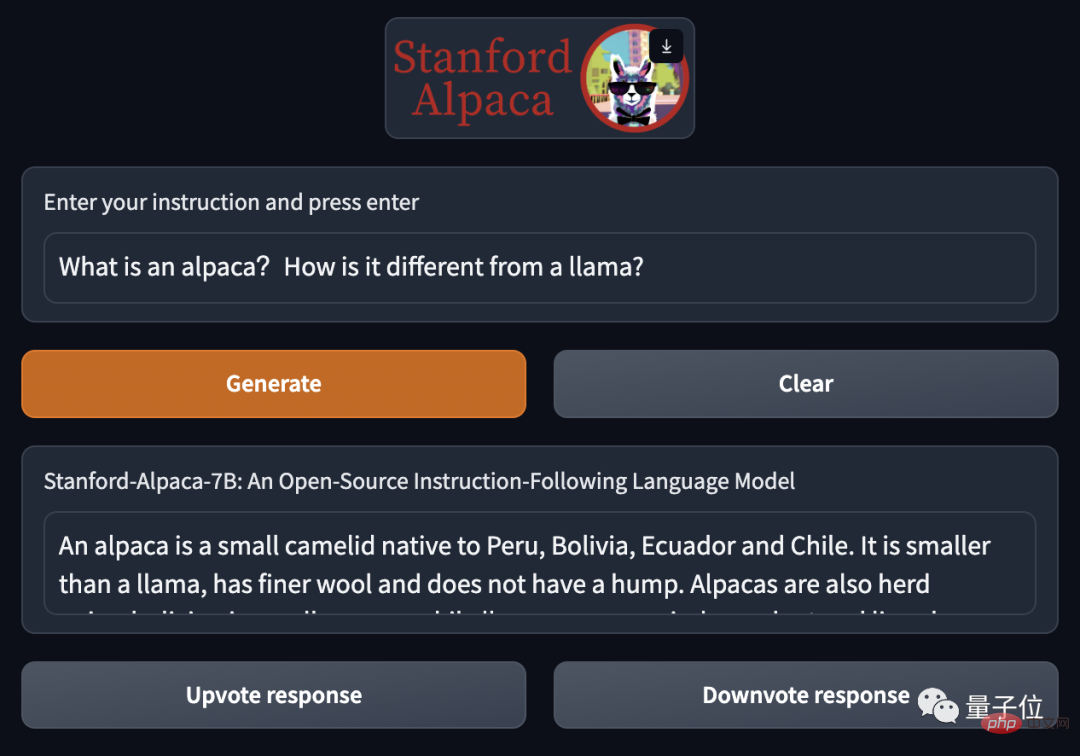
The answer given by Grass Mud Horse Aplaca is more concise:
Alpaca is a small camelid animal, native to Peru, Bolivia, Ecuador and Chile; it is smaller than the llama, has finer wool, and does not have a hump.
Then he briefly introduced the differences between the two living in groups.
If the same question is given to ChatGPT (GPT3.5-turbo), the answer will not be as concise as Aplaca:
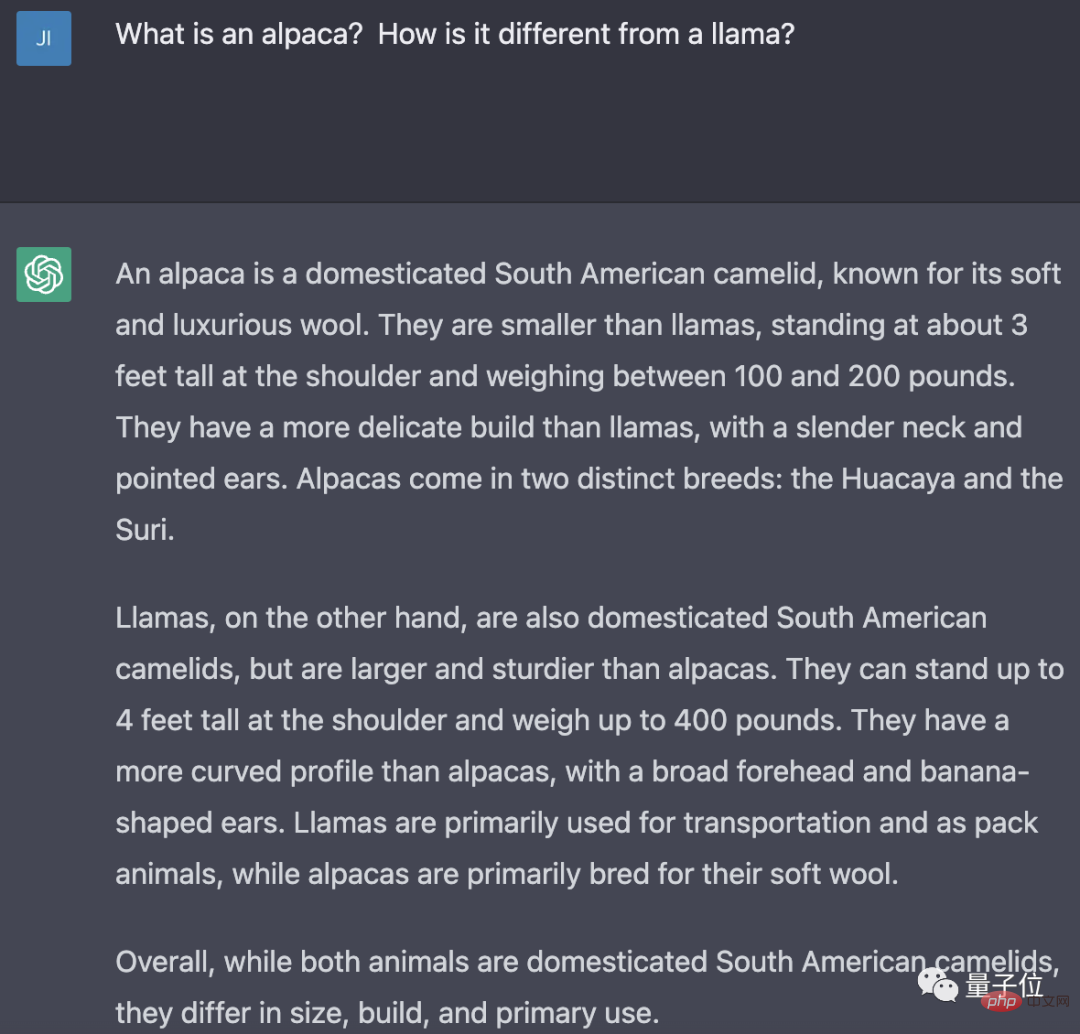
In this regard , the explanation given by the team is:
Alpaca’s answers are usually shorter than ChatGPT, reflecting the shorter output of text-davinci-003.
Then the team demonstrated letting Alpaca write an email:
Write an e-mail to congratulate the freshmen admitted to Stanford University and mention that you are happy to meet them in person.
Grass Mud Horse Alpaca was also very familiar with this task, and directly gave a decent email template:
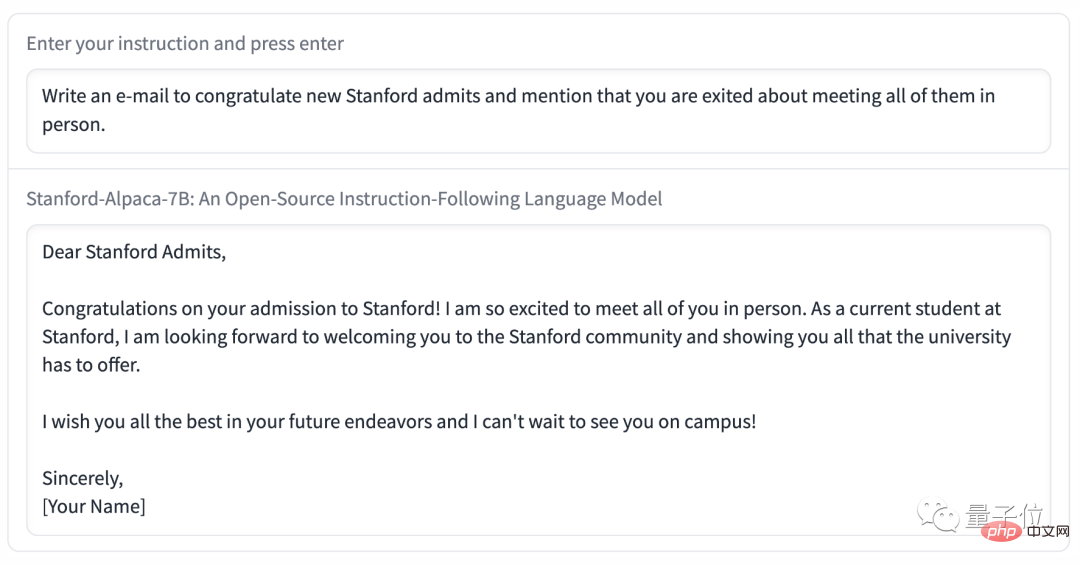
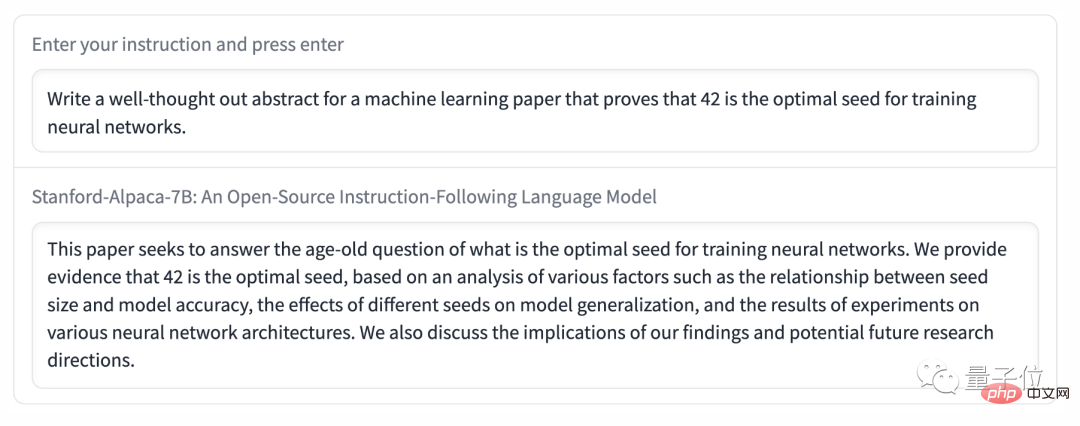
Of course, there are also netizens who can’t wait to test it out in person, and find that writing code is easy for Alpaca.
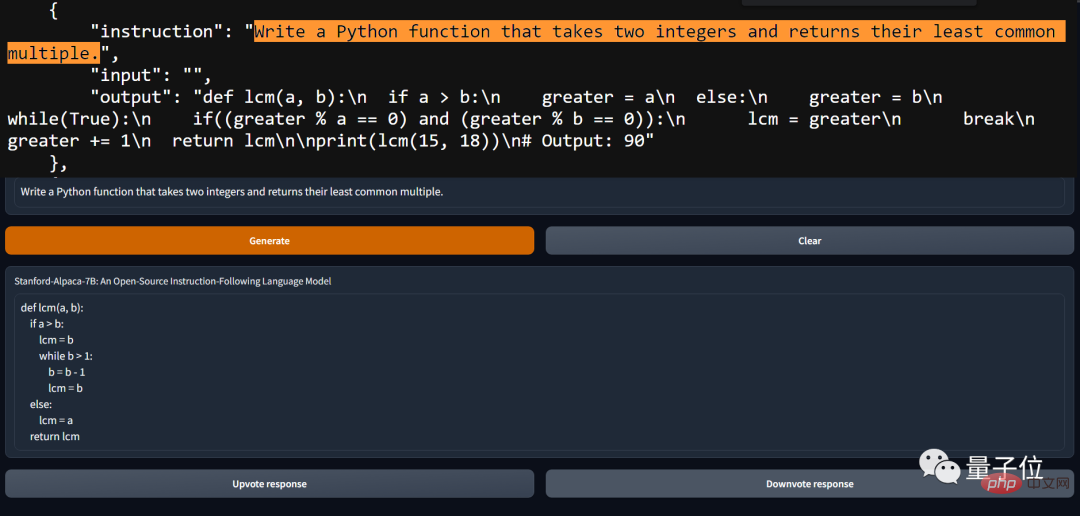
But even if Alpaca can hold most of the problems, it does not mean that it is without flaws.
For example, the team demonstrated an example. When answering the question "What is the capital of Tanzania?", the answer given by Alpaca was "Dar es Salaam".
But it was actually replaced by "Dodoma" as early as 1975.
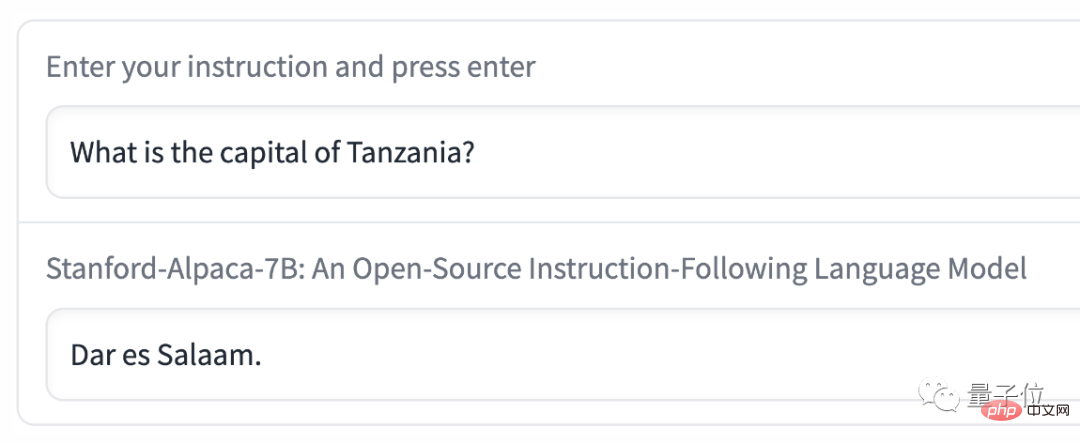
In addition, if you have personally experienced Alpaca, you will find that it is... hugely slow:
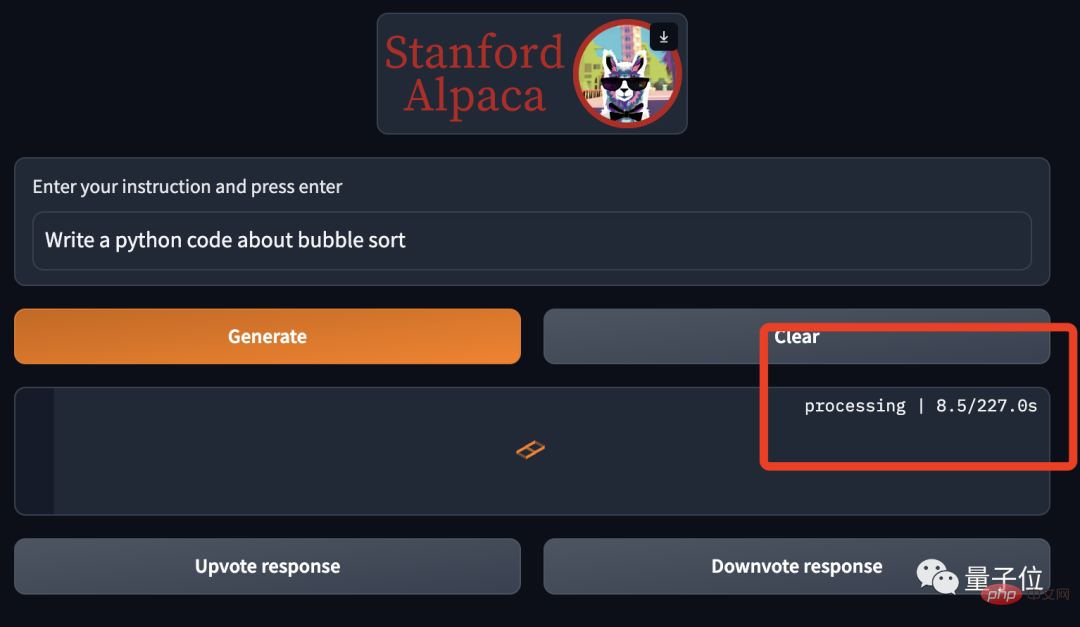
In this regard, some netizens believe that there may be too many people using it.
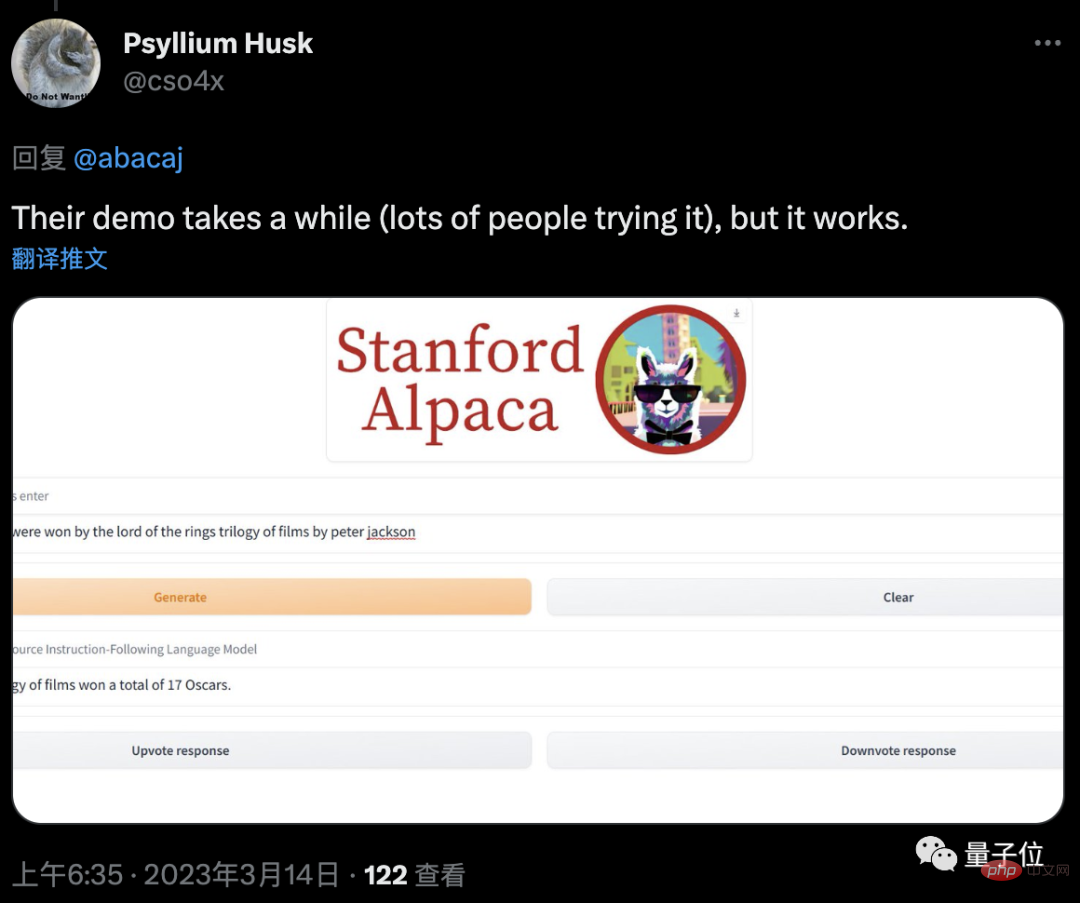
Notebooks, mobile phones, and Raspberry Pi can all run
Meta’s large open source LLaMA model has been arranged and understood by everyone just a few weeks after its release. The card will run.
So in theory, Alpaca based on LLaMA fine-tuning can also be easily deployed locally.
It doesn’t matter if you don’t have a graphics card. You can play it on Apple laptops, even Raspberry Pi and mobile phones.
The method of deploying LLaMA on Apple notebooks comes from the GitHub project llama.cpp, which uses pure C/C for reasoning and is specially optimized for ARM chips.

The author has actually measured that it can run on MacBook Pro with M1 chip, and it also supports Windows and Linux systems.
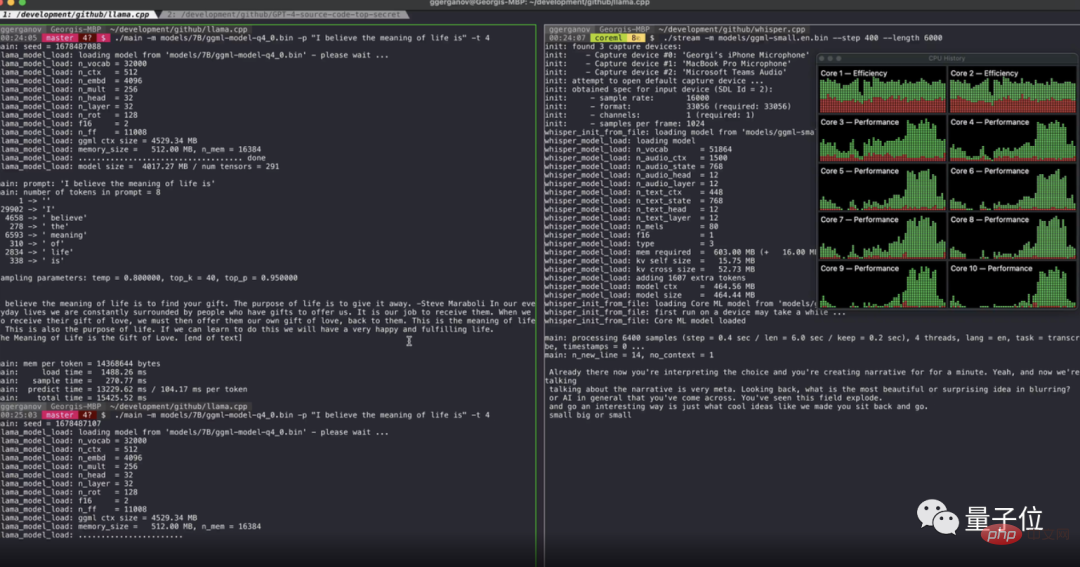
Still this C ported version, someone successfully ran the 7 billion parameter version of LLaMA on a Raspberry Pi 4 with 4GB of memory.
Although the speed is very slow, it takes about 10 seconds to generate a token (that is, 4.5 words pop up in one minute).
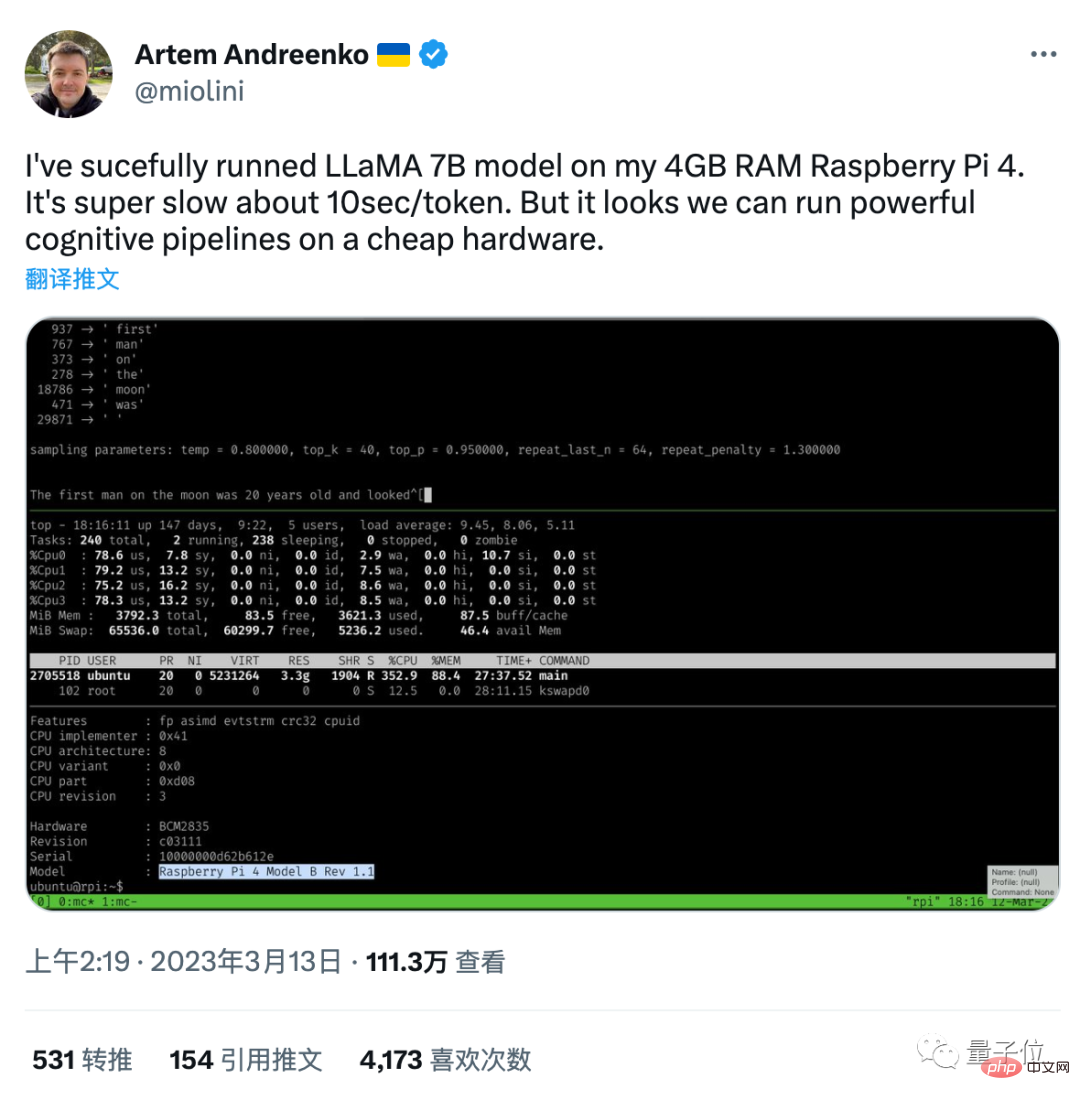
What’s even more outrageous is that just 2 days later, someone quantified and compressed the LLaMA model (converting the weights into a lower-precision data format) and successfully ran it on the Pixel 6 Android phone. (One token in 26 seconds).
Pixel 6 uses Google’s self-developed processor Google Tensor, and its running scores are between Snapdragon 865 and 888, which means that newer mobile phones can theoretically be competent.
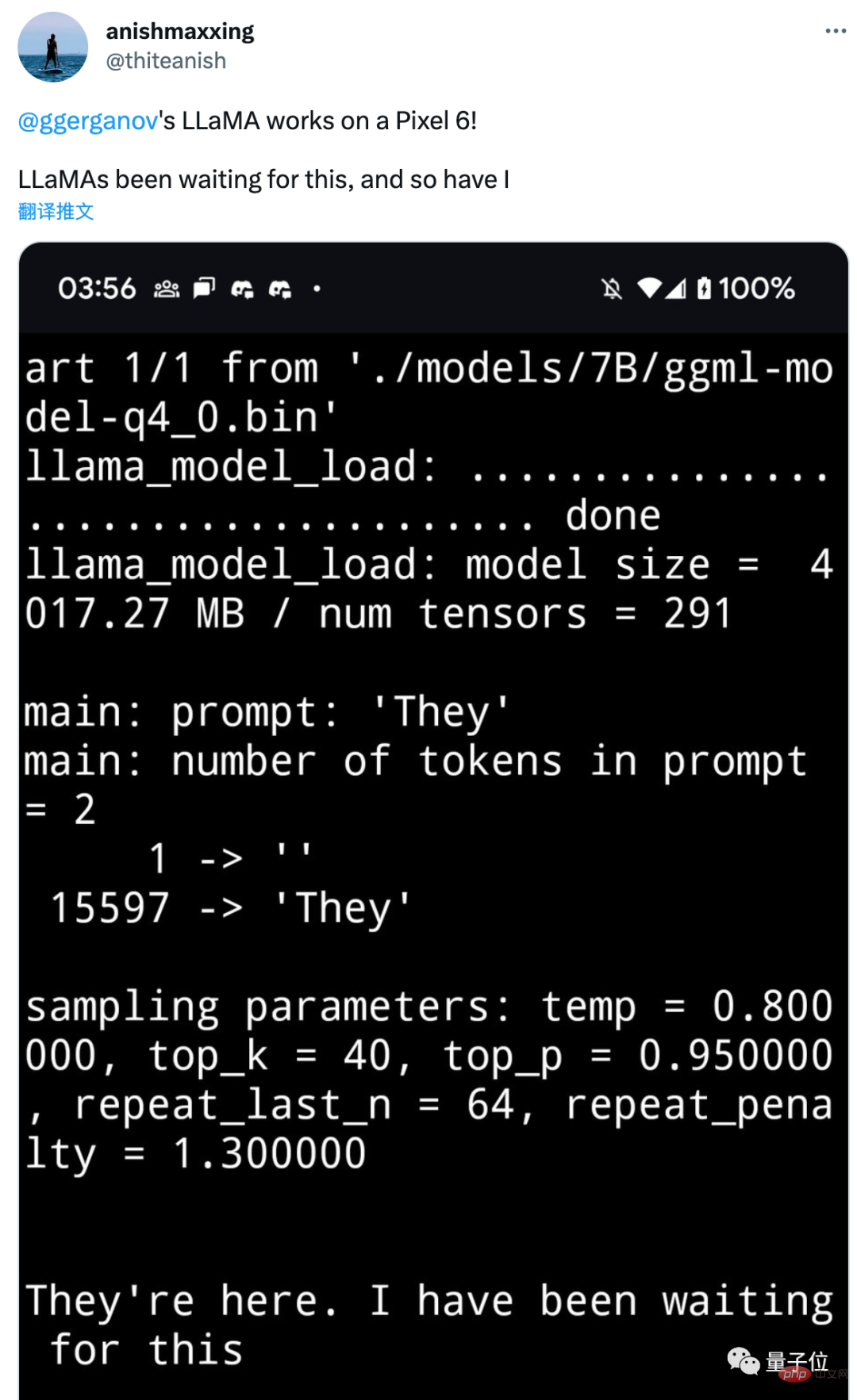
The fine-tuning data set is also open source
The Stanford team's method of fine-tuning LLaMA comes from Self-Instruct proposed by Yizhong Wang and others at the University of Washington at the end of last year.

Use 175 questions as seed tasks, let AI combine new questions and generate matching answer examples, manually filter out low-quality ones, and then add new tasks Go to the task pool.
For all these tasks, the InstructGPT method can be used later to let the AI learn how to follow human instructions.
After a few laps of the matryoshka doll, it is equivalent to letting the AI guide itself.
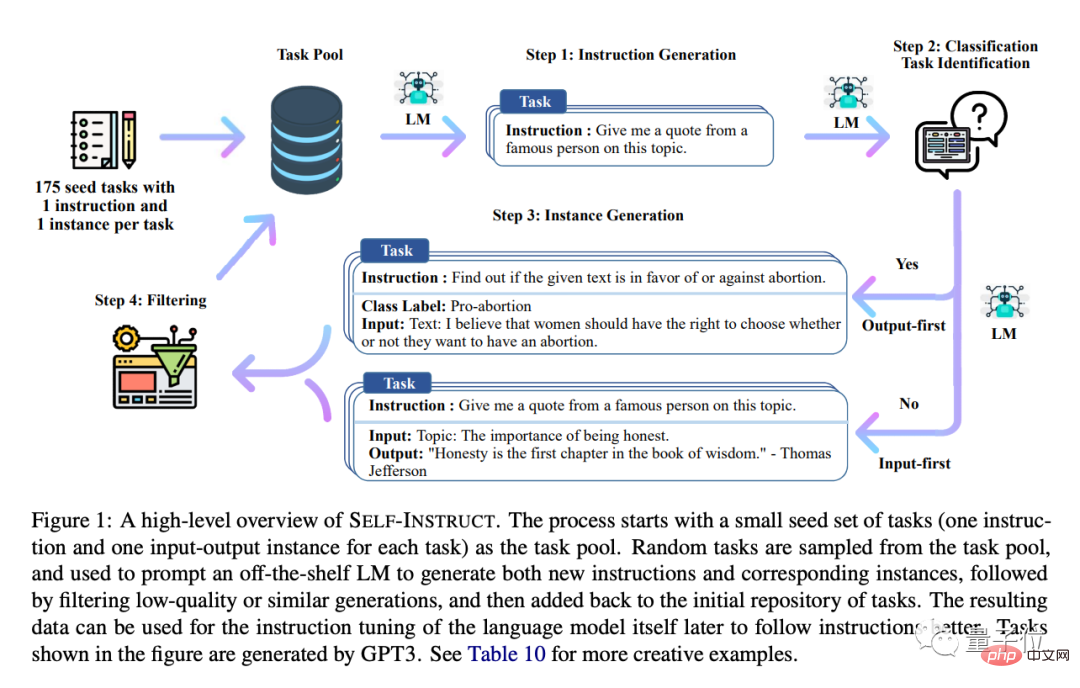
The Stanford version of Alpaca was created using the OpenAI API to generate 52,000 such examples for less than $500.
These data are also open sourced and are more diverse than the data in the original paper.
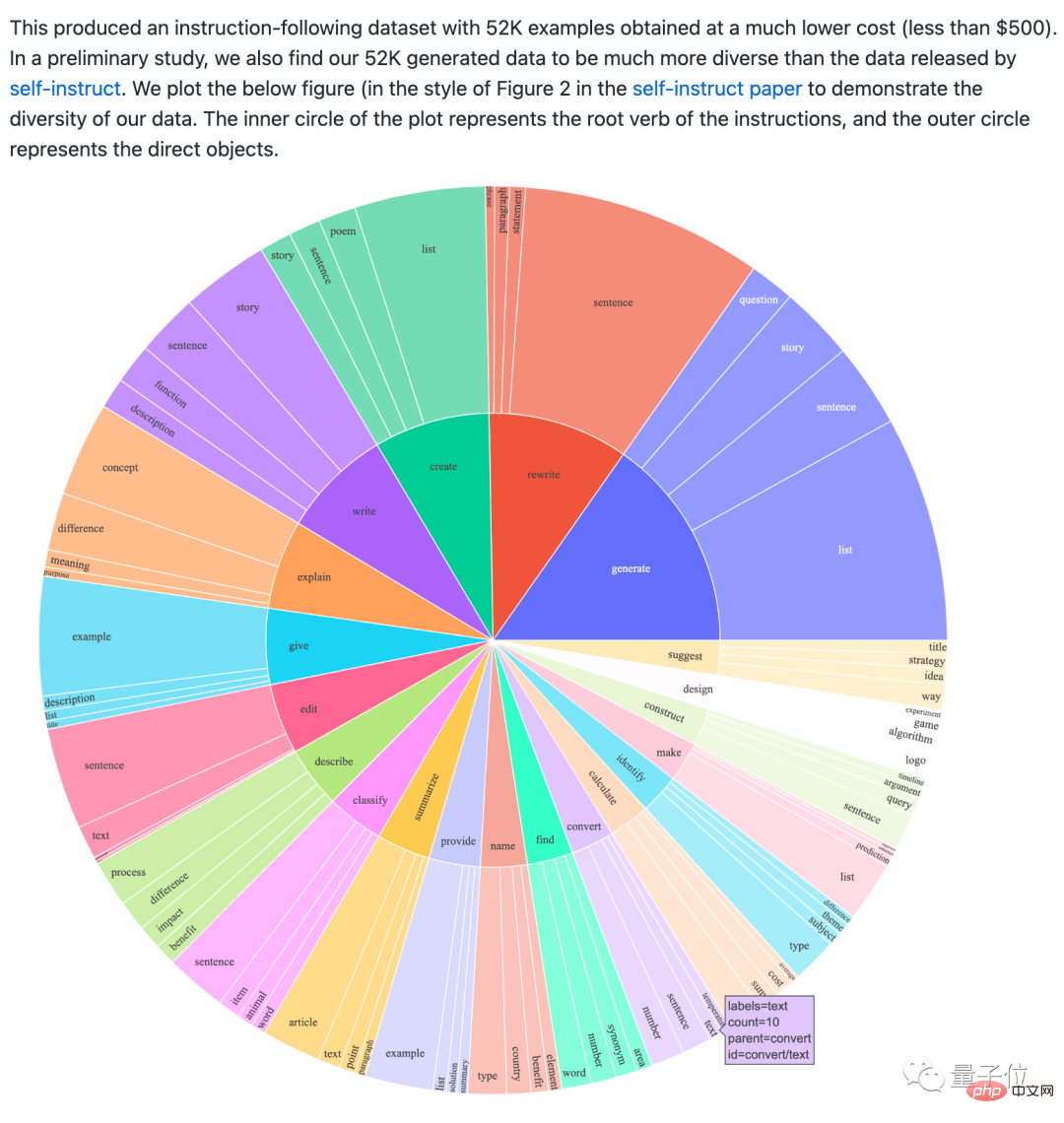
At the same time, the code for generating these data is also given, which means that if someone still thinks it is not enough, they can expand and fine-tune the data themselves to continue to improve the performance of the model.

The fine-tuning code will also be released after HuggingFace officially supports LLaMA.
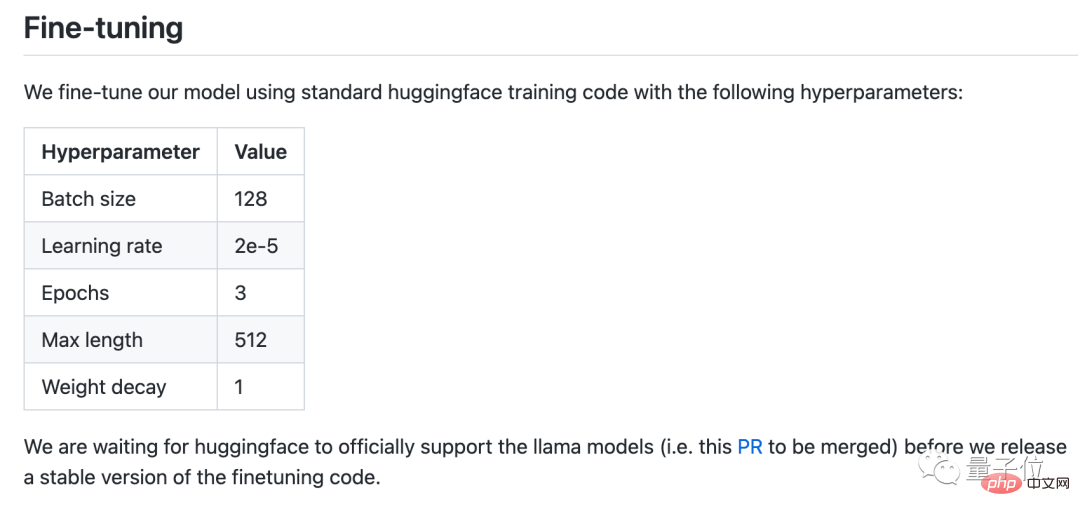
However, Alpaca’s final model weights require a Meta license to be released, and it inherits LLaMA’s non-commercial open source agreement, prohibiting any commercial use.
And because the fine-tuning data uses OpenAI’s API, it is also prohibited from using it to develop models that compete with OpenAI according to the terms of use.
One More Thing
Do you still remember the development history of AI painting?
In the first half of 2022, the topic was still hot. The open source of Stable Diffusion in August brought the cost down to usable level, and resulted in explosive tool innovation, allowing AI painting to truly enter various workflows.
The cost of language models has now dropped to the level that personal electronic devices are available.
Finally, Simon Willison, the founder of the Django framework, shouted:
The time for Stable Diffusion of large language models has arrived.

The above is the detailed content of Stanford's 'Grass Mud Horse' is popular: $100 can match GPT-3.5! The kind that can run on mobile phones. For more information, please follow other related articles on the PHP Chinese website!

Hot AI Tools

Undresser.AI Undress
AI-powered app for creating realistic nude photos

AI Clothes Remover
Online AI tool for removing clothes from photos.

Undress AI Tool
Undress images for free

Clothoff.io
AI clothes remover

Video Face Swap
Swap faces in any video effortlessly with our completely free AI face swap tool!

Hot Article

Hot Tools

Notepad++7.3.1
Easy-to-use and free code editor

SublimeText3 Chinese version
Chinese version, very easy to use

Zend Studio 13.0.1
Powerful PHP integrated development environment

Dreamweaver CS6
Visual web development tools

SublimeText3 Mac version
God-level code editing software (SublimeText3)

Hot Topics
 Bitcoin price today
Apr 28, 2025 pm 07:39 PM
Bitcoin price today
Apr 28, 2025 pm 07:39 PM
Bitcoin’s price fluctuations today are affected by many factors such as macroeconomics, policies, and market sentiment. Investors need to pay attention to technical and fundamental analysis to make informed decisions.
 What are the top ten virtual currency trading apps? The latest digital currency exchange rankings
Apr 28, 2025 pm 08:03 PM
What are the top ten virtual currency trading apps? The latest digital currency exchange rankings
Apr 28, 2025 pm 08:03 PM
The top ten digital currency exchanges such as Binance, OKX, gate.io have improved their systems, efficient diversified transactions and strict security measures.
 Decryption Gate.io Strategy Upgrade: How to Redefine Crypto Asset Management in MeMebox 2.0?
Apr 28, 2025 pm 03:33 PM
Decryption Gate.io Strategy Upgrade: How to Redefine Crypto Asset Management in MeMebox 2.0?
Apr 28, 2025 pm 03:33 PM
MeMebox 2.0 redefines crypto asset management through innovative architecture and performance breakthroughs. 1) It solves three major pain points: asset silos, income decay and paradox of security and convenience. 2) Through intelligent asset hubs, dynamic risk management and return enhancement engines, cross-chain transfer speed, average yield rate and security incident response speed are improved. 3) Provide users with asset visualization, policy automation and governance integration, realizing user value reconstruction. 4) Through ecological collaboration and compliance innovation, the overall effectiveness of the platform has been enhanced. 5) In the future, smart contract insurance pools, forecast market integration and AI-driven asset allocation will be launched to continue to lead the development of the industry.
 Which of the top ten currency trading platforms in the world are the latest version of the top ten currency trading platforms
Apr 28, 2025 pm 08:09 PM
Which of the top ten currency trading platforms in the world are the latest version of the top ten currency trading platforms
Apr 28, 2025 pm 08:09 PM
The top ten cryptocurrency trading platforms in the world include Binance, OKX, Gate.io, Coinbase, Kraken, Huobi Global, Bitfinex, Bittrex, KuCoin and Poloniex, all of which provide a variety of trading methods and powerful security measures.
 How to use the chrono library in C?
Apr 28, 2025 pm 10:18 PM
How to use the chrono library in C?
Apr 28, 2025 pm 10:18 PM
Using the chrono library in C can allow you to control time and time intervals more accurately. Let's explore the charm of this library. C's chrono library is part of the standard library, which provides a modern way to deal with time and time intervals. For programmers who have suffered from time.h and ctime, chrono is undoubtedly a boon. It not only improves the readability and maintainability of the code, but also provides higher accuracy and flexibility. Let's start with the basics. The chrono library mainly includes the following key components: std::chrono::system_clock: represents the system clock, used to obtain the current time. std::chron
 How much is Bitcoin worth
Apr 28, 2025 pm 07:42 PM
How much is Bitcoin worth
Apr 28, 2025 pm 07:42 PM
Bitcoin’s price ranges from $20,000 to $30,000. 1. Bitcoin’s price has fluctuated dramatically since 2009, reaching nearly $20,000 in 2017 and nearly $60,000 in 2021. 2. Prices are affected by factors such as market demand, supply, and macroeconomic environment. 3. Get real-time prices through exchanges, mobile apps and websites. 4. Bitcoin price is highly volatile, driven by market sentiment and external factors. 5. It has a certain relationship with traditional financial markets and is affected by global stock markets, the strength of the US dollar, etc. 6. The long-term trend is bullish, but risks need to be assessed with caution.
 Recommended reliable digital currency trading platforms. Top 10 digital currency exchanges in the world. 2025
Apr 28, 2025 pm 04:30 PM
Recommended reliable digital currency trading platforms. Top 10 digital currency exchanges in the world. 2025
Apr 28, 2025 pm 04:30 PM
Recommended reliable digital currency trading platforms: 1. OKX, 2. Binance, 3. Coinbase, 4. Kraken, 5. Huobi, 6. KuCoin, 7. Bitfinex, 8. Gemini, 9. Bitstamp, 10. Poloniex, these platforms are known for their security, user experience and diverse functions, suitable for users at different levels of digital currency transactions
 Which of the top ten currency trading platforms in the world are among the top ten currency trading platforms in 2025
Apr 28, 2025 pm 08:12 PM
Which of the top ten currency trading platforms in the world are among the top ten currency trading platforms in 2025
Apr 28, 2025 pm 08:12 PM
The top ten cryptocurrency exchanges in the world in 2025 include Binance, OKX, Gate.io, Coinbase, Kraken, Huobi, Bitfinex, KuCoin, Bittrex and Poloniex, all of which are known for their high trading volume and security.





